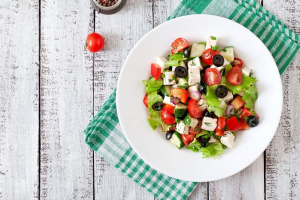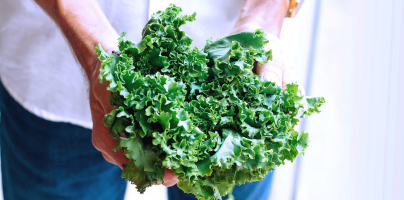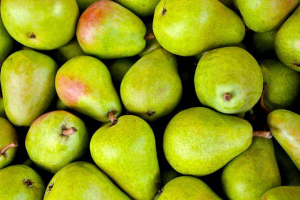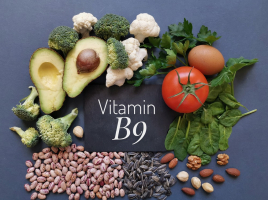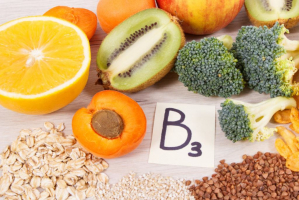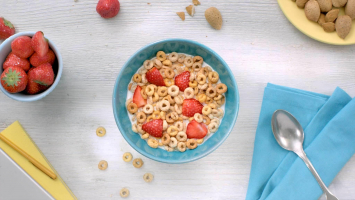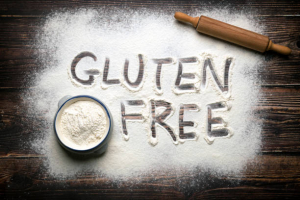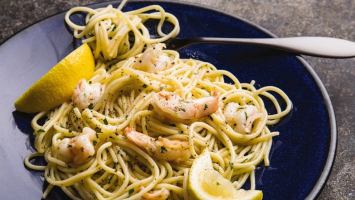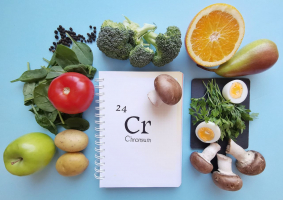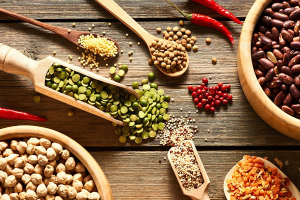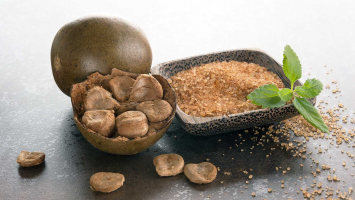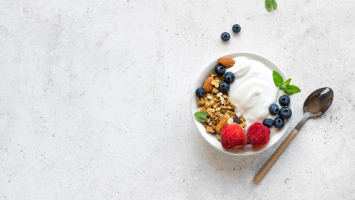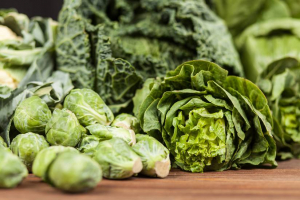Top 8 Gluten-Free Grains That Are Super Healthy
Gluten is found in most common grains, which is not good for those diagnosed with celiac disease (an intestine-damaging autoimmune disorder), gluten ... read more...intolerance, or a wheat allergy. However, there are also many healthy gluten-free grains on the market. Here are some nutritious gluten-free grains!
-
This gluten-free grain has beneficial plant substances that function as antioxidants to lessen oxidative stress and minimize your risk of developing chronic diseases. Furthermore, 13 grams of fiber, 20 grams of protein, and 19% of the recommended requirement for iron are all found in one cup (192 grams) of sorghum.
Sorghum is also high in fiber, which can help in lowering the absorption of sugar taken to maintain stable blood sugar levels. One study examined the effects of eating a muffin made with either sorghum or whole-wheat flour on blood sugar and insulin levels in 10 participants. Compared to the whole-wheat muffin, the sorghum muffin lead to a greater decrease in insulin and blood sugar levels. The mild flavor of sorghum makes it suitable for grinding into flour and used in gluten-free baking. In dishes like mushroom-barley soup, it can also be used in place of barley.
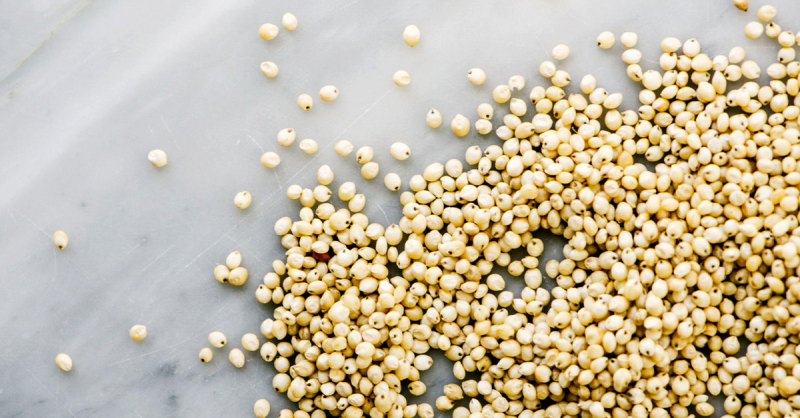
Sorghum 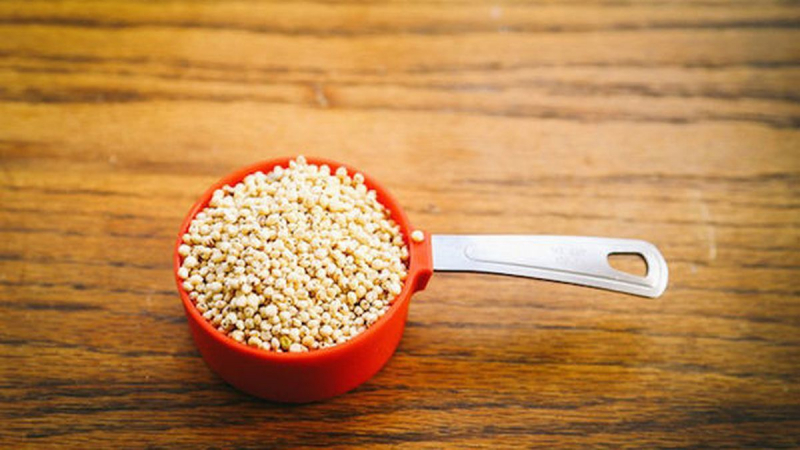
Sorghum -
One of the most used gluten-free grains nowadays is quinoa. It is very versatile and a great source of plant-based protein and fiber. It is also one of the healthiest grains because it contains a lot of antioxidants, which may lower your chance of developing the disease.
Quinoa is also a good source of protein, it is one of the few plant foods regarded as a complete protein source. Quinoa includes all eight of the necessary amino acids that your body needs. This makes it a superior source of protein from plants. 8 grams of protein and 5 grams of fiber are included in one cup (185 grams) of cooked quinoa. Quinoa is the perfect ingredient for making casseroles and crusts without gluten. Quick bread, tortillas, and pancakes may all be made using quinoa flour.
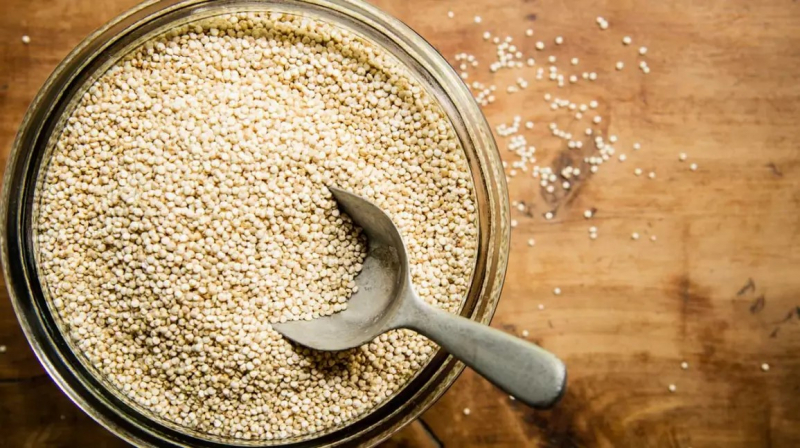
Quinoa 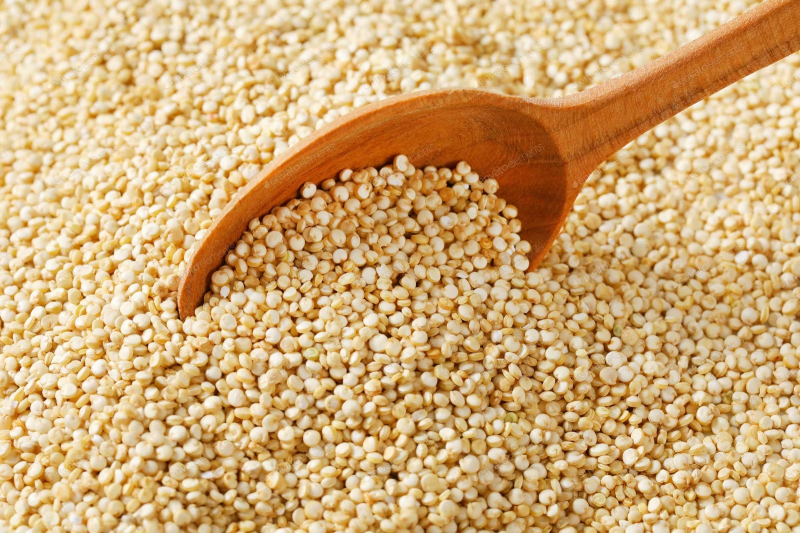
Quinoa -
Oats are incredibly nutritious. Additionally, they stand out as one of the top sources of oat beta-glucan, a soluble fiber with beneficial health effects.
According to an analysis of 28 studies, beta-glucan reduced total and LDL (bad) cholesterol without affecting HDL (good) cholesterol. Beta-glucan may decrease the absorption of sugar, lowering blood sugar and insulin levels, according to other research. 8 grams of fiber and 11 grams of protein may be found in one cup (81 grams) of dry oats. The amount of magnesium, zinc, selenium and thiamine (vitamin B1) is also high. Oats are naturally free of gluten, however many brands of oats may contain trace amounts of gluten. Oat products may become contaminated with gluten when they are harvested and processed. Be sure to look for oats that are marked as being gluten-free if you have celiac disease or gluten sensitivity.
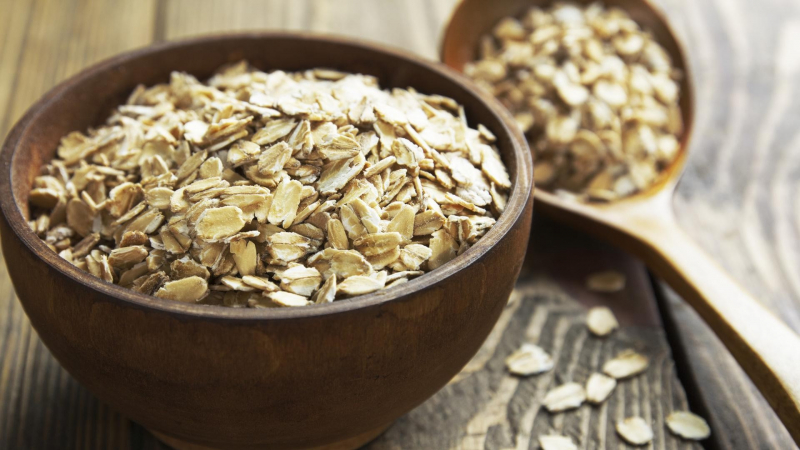
Oat 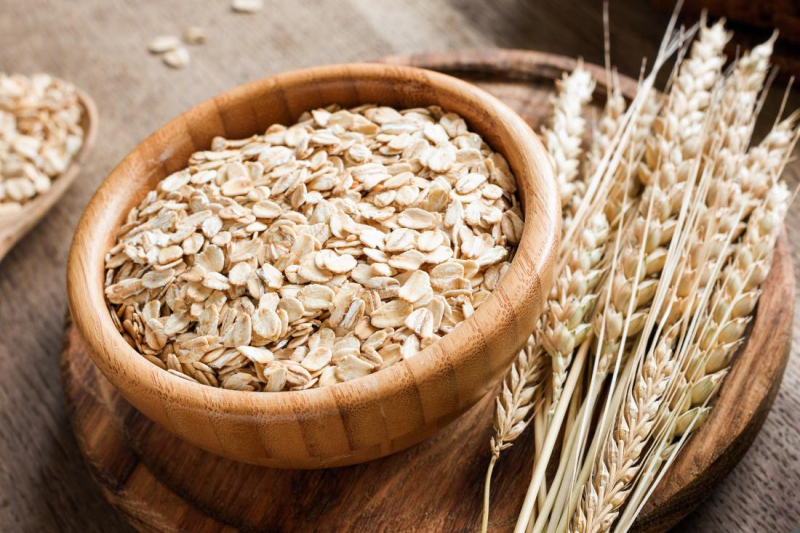
Oat -
Contrary to its name, buckwheat is a grain-like seed that is gluten-free and unrelated to wheat. It offers a lot of antioxidants, with particularly significant concentrations of the two substances quercetin and rutin.
Rutin may be able to lessen Alzheimer's disease symptoms, according to some animal research. Quercetin, meanwhile, has been demonstrated to reduce oxidative stress and inflammation. Eating buckwheat may also help lower some heart disease risk factors. In one study, eating buckwheat was linked to lower levels of total and LDL (bad) cholesterol as well as a larger percentage of HDL (good) cholesterol to total cholesterol. Similar results were found in another study, which found that buckwheat dieters had a decreased risk of high blood pressure, high cholesterol, and high blood sugar.
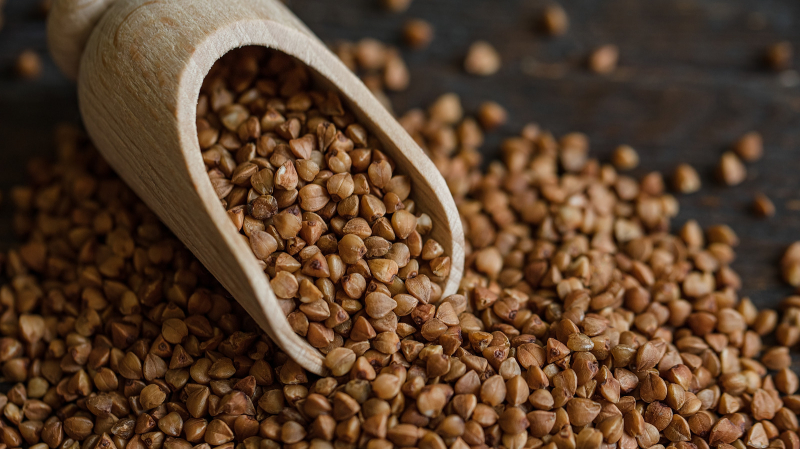
Buckwheat 
Buckwheat -
Amaranth is one of the staple foods for the Inca, Maya, and Aztec civilizations. Additionally, it is a grain with impressive health benefits that is very nutritious.
According to a 2014 test-tube research, the anti-inflammatory properties of amaranth may work by inhibiting the activation of a pathway that causes inflammation. Amaranth may lessen a number of risk factors for heart disease because of its high fiber content. Amaranth seeds have been shown to lower blood triglyceride and LDL (bad) cholesterol levels, according to one animal research. 5 grams of fiber and 9 grams of protein are included in one cup (246 grams) of cooked amaranth. It also has a good amount of magnesium, phosphorus, and manganese and provides 29% of your daily requirements for iron.
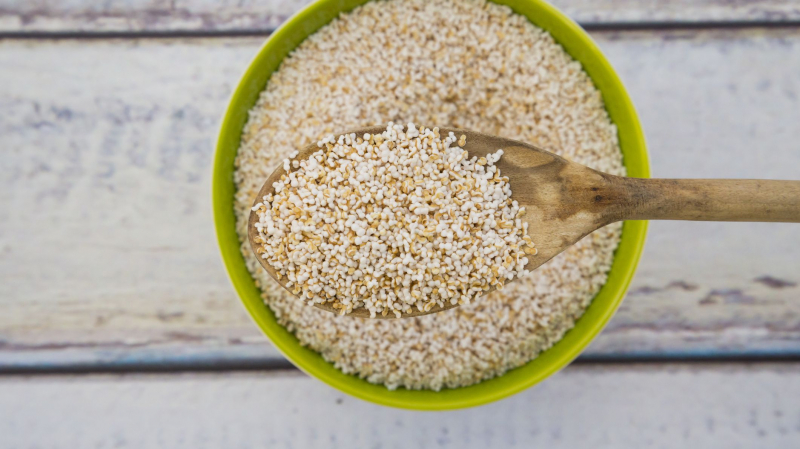
Amaranth 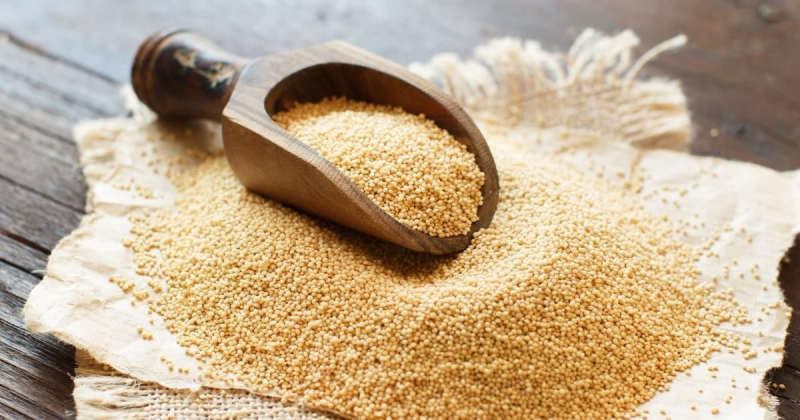
Amaranth -
Teff is a tiny but powerful grain. Teff is 1/100 the size of a wheat kernel, but it still has a lot of nourishment. Teff has a lot of protein, which helps increase satiety, lessen cravings, and speed up metabolism.
It also meets a portion of your daily fiber requirements. Fiber is a key part of a healthy diet and is linked to reduced appetite and weight reduction. One cup (252 grams) of cooked teff has 10 grams of protein and 7 grams of fiber. It also offers an abundance of B vitamins, including thiamine. Teff is a heart-healthy option for people with high blood pressure or other cardiovascular risk factors since it is naturally low in sodium. Try replacing some or all of the wheat flour in your baked goods with teff for a gluten-free option.
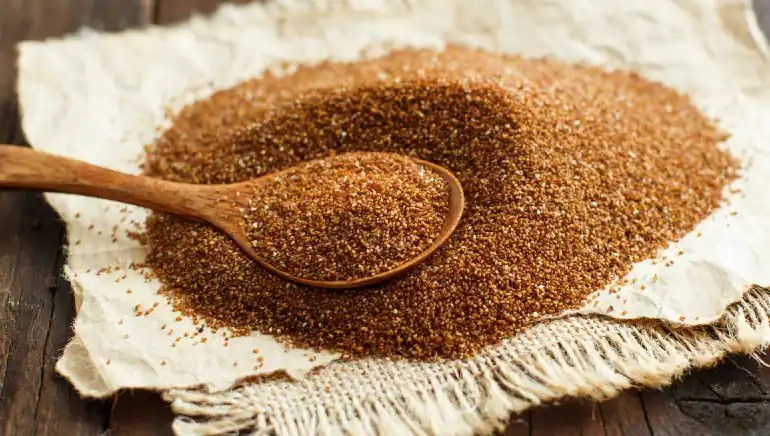
Teff 
Teff -
One of the most widely consumed gluten-free cereal grains worldwide is corn, often known as maize. One cup (149 grams) of sweet corn contains 4 grams of fiber and 5 grams of protein.
In addition to having a lot of fiber, corn has a lot of the plant pigments lutein and zeaxanthin, known as carotenoids, which are antioxidants. According to studies, lutein and zeaxanthin can improve eye health by lowering the risk of age-related macular degeneration and cataracts, two major diseases that cause vision loss in older people. According to one research, those who consume more carotenoids had a 43% reduced chance of developing age-related macular degeneration than people who consume less of them.
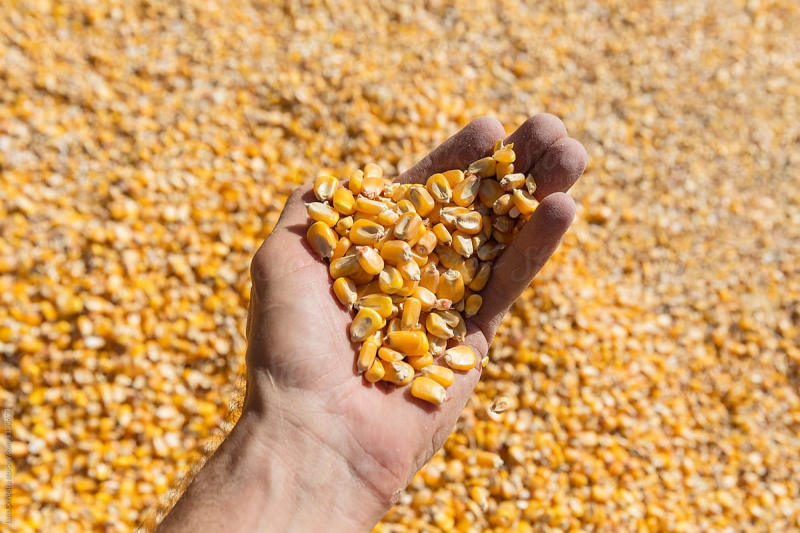
Corn 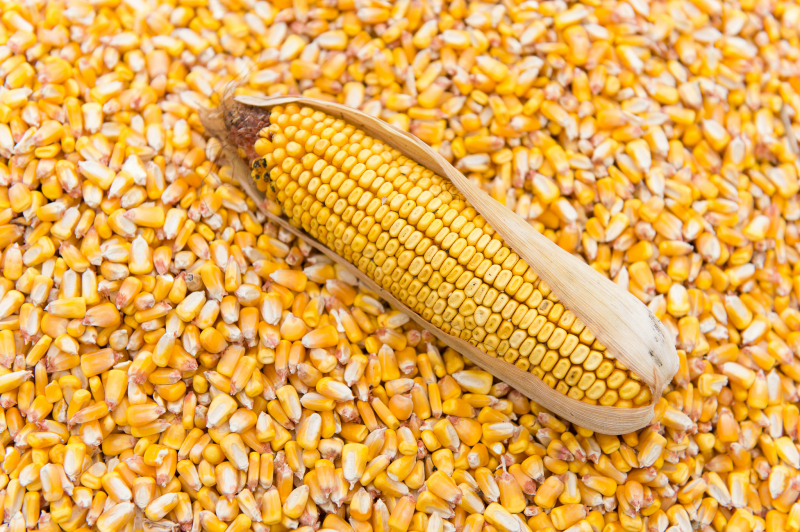
Corn -
Brown rice is one of the healthiest gluten-free grains available since it has more fiber and more of many micronutrients. Both brown and white rice are gluten-free, however, research shows brown rice has more health advantages than white rice.
In fact, choosing brown rice in place of white rice can lower your chances of developing diabetes, weight gain, and heart disease. 3 grams of fiber and 6 grams of protein may be found in one cup (202 grams) of cooked brown rice. Additionally, it meets a number of your daily requirements for selenium and magnesium. When combined with veggies and a lean source of protein, brown rice may be a healthy and satisfying meal.
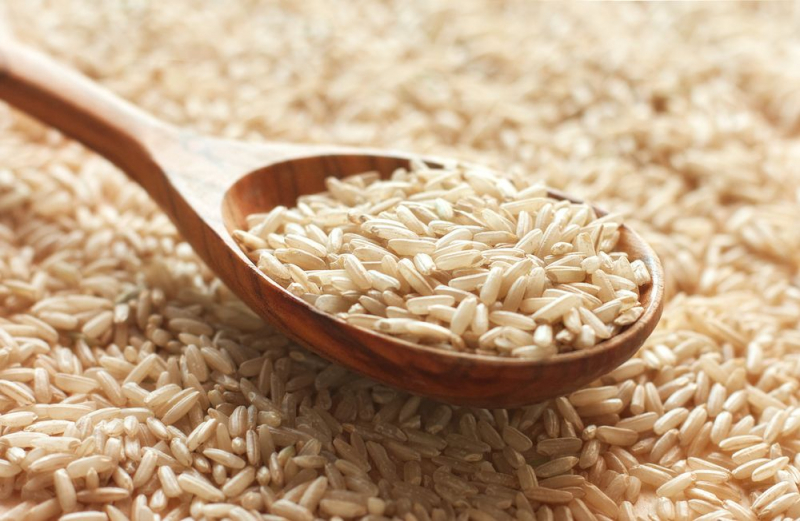
Brown rice 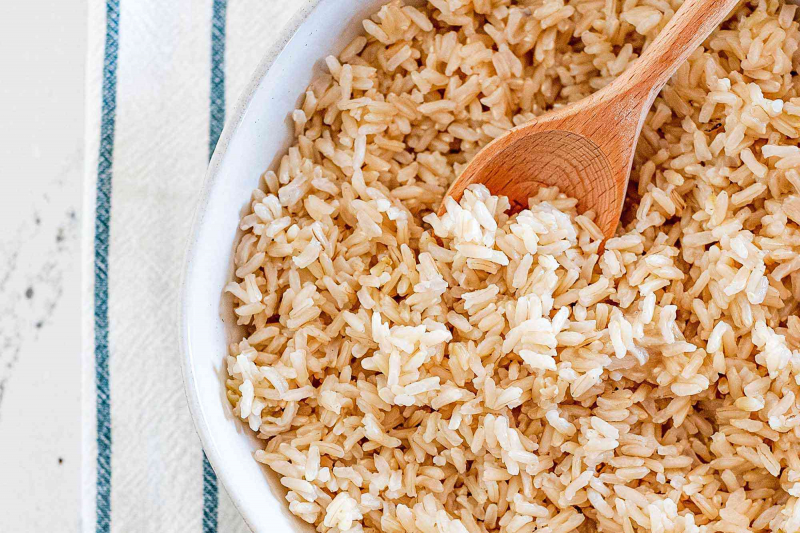
Brown rice










